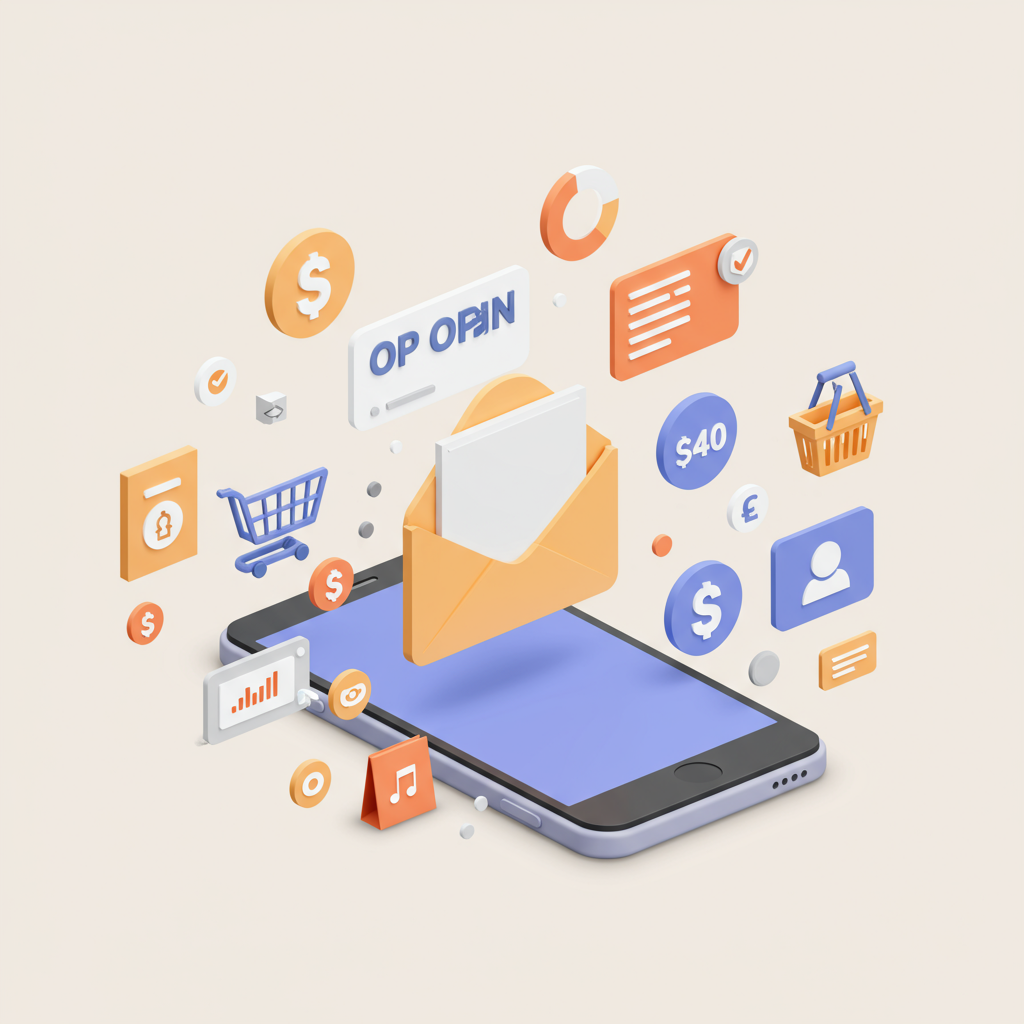Mastering customer connections and driving sales through strategic email campaigns.
Hello fellow Shopify merchants! As we look ahead to 2025, I want to share my insights on one of the most powerful, yet often underutilized, tools in our e-commerce arsenal: email marketing.
In an increasingly competitive digital landscape, owning your customer relationships is paramount. Email marketing isn’t just about sending out promotions; it’s about building a community, fostering loyalty, and driving sustainable growth for your Shopify store.
I’ve seen firsthand how a well-executed email strategy can transform a business, turning one-time buyers into lifelong advocates. So, let’s dive into the actionable tips I believe will be crucial for your success in the coming year.
First and foremost, let’s talk about list building. This is the foundation of your entire email marketing effort. You need to consistently grow a high-quality list of engaged subscribers.
I recommend implementing various opt-in points across your Shopify store. Think beyond the basic footer signup form. Consider exit-intent pop-ups, embedded forms on blog posts, and even loyalty program sign-ups.
Offer an incentive for signing up. This could be a discount on their first purchase, exclusive access to new products, or a valuable piece of content like a guide or checklist. Make it irresistible.
Once you have subscribers, the next critical step is segmentation. Not all customers are the same, and treating them as such is a missed opportunity.
I segment my audience based on various criteria: purchase history (first-time buyers vs. repeat customers), browsing behavior (products viewed, categories explored), demographics, and even engagement levels with previous emails.
For instance, I might create a segment for customers who haven’t purchased in 90 days, or another for those who’ve viewed a specific product collection multiple times but haven’t converted. This allows for highly targeted messaging.
Now, let’s talk about automation – the true workhorse of modern email marketing. Setting up automated email flows saves you time and ensures timely, relevant communication.
The welcome series is non-negotiable. When someone signs up, they should immediately receive a series of 2-3 emails introducing your brand, sharing your story, and highlighting your best sellers or unique selling propositions.
Abandoned cart recovery emails are another absolute must. I’ve seen these flows recover a significant percentage of otherwise lost sales. A gentle reminder, perhaps with a small incentive, can make all the difference.
Post-purchase sequences are equally vital. After a customer buys, I send emails for order confirmation, shipping updates, and then follow up asking for reviews or offering complementary products.
Re-engagement campaigns target inactive subscribers or customers. If someone hasn’t opened an an email or made a purchase in a while, I send a ‘we miss you’ email, often with a special offer to entice them back.
Personalization goes hand-in-hand with segmentation and automation. It’s about making each email feel like it was written just for the recipient.
I use dynamic content to insert personalized product recommendations based on their browsing history or past purchases. Addressing them by name is just the beginning; true personalization is about relevant content.
My content strategy balances promotional emails with value-driven content. I don’t just send sales announcements. I share behind-the-scenes glimpses, customer success stories, tips related to my products, and even educational content.
Storytelling is incredibly powerful. Share your brand’s journey, the inspiration behind your products, or the impact your products have on customers’ lives. This builds a deeper connection.
A/B testing is my secret weapon for continuous improvement. I constantly test different subject lines, call-to-action buttons, email layouts, and even send times to see what resonates best with my audience.
Don’t guess; test! Small tweaks based on data can lead to significant improvements in open rates, click-through rates, and ultimately, conversions.
Monitoring your analytics is crucial. I regularly check key performance indicators (KPIs) like open rates, click-through rates, conversion rates, and email marketing ROI. These metrics tell me what’s working and what needs adjustment.
Staying compliant with data privacy regulations like GDPR, CCPA, and CAN-SPAM is non-negotiable. Always ensure clear opt-in processes, easy unsubscribe options, and transparent data handling. Trust is paramount.
Looking ahead to 2025, I’m excited about the potential of AI in email marketing. AI can help with predictive analytics, content generation, and even optimizing send times for individual subscribers.
I’m also exploring interactive email elements and leveraging zero-party data (data customers willingly share) to create even more personalized and engaging experiences.
Shopify’s native email capabilities are a great starting point, but I often integrate with more robust email marketing apps available in the Shopify App Store to unlock advanced features like sophisticated automation and detailed analytics.
What do you think about these strategies? Have you found particular success with any of these tips, or do you have other insights to share? I’d love to hear your thoughts!
In conclusion, email marketing for your Shopify store in 2025 isn’t just an option; it’s a necessity. By focusing on building a quality list, segmenting effectively, automating intelligently, personalizing deeply, and continuously optimizing, you’ll be well on your way to unlocking significant growth.
I encourage you to start implementing these strategies today. The effort you put into nurturing your email list will pay dividends for years to come, strengthening your brand and boosting your bottom line.






